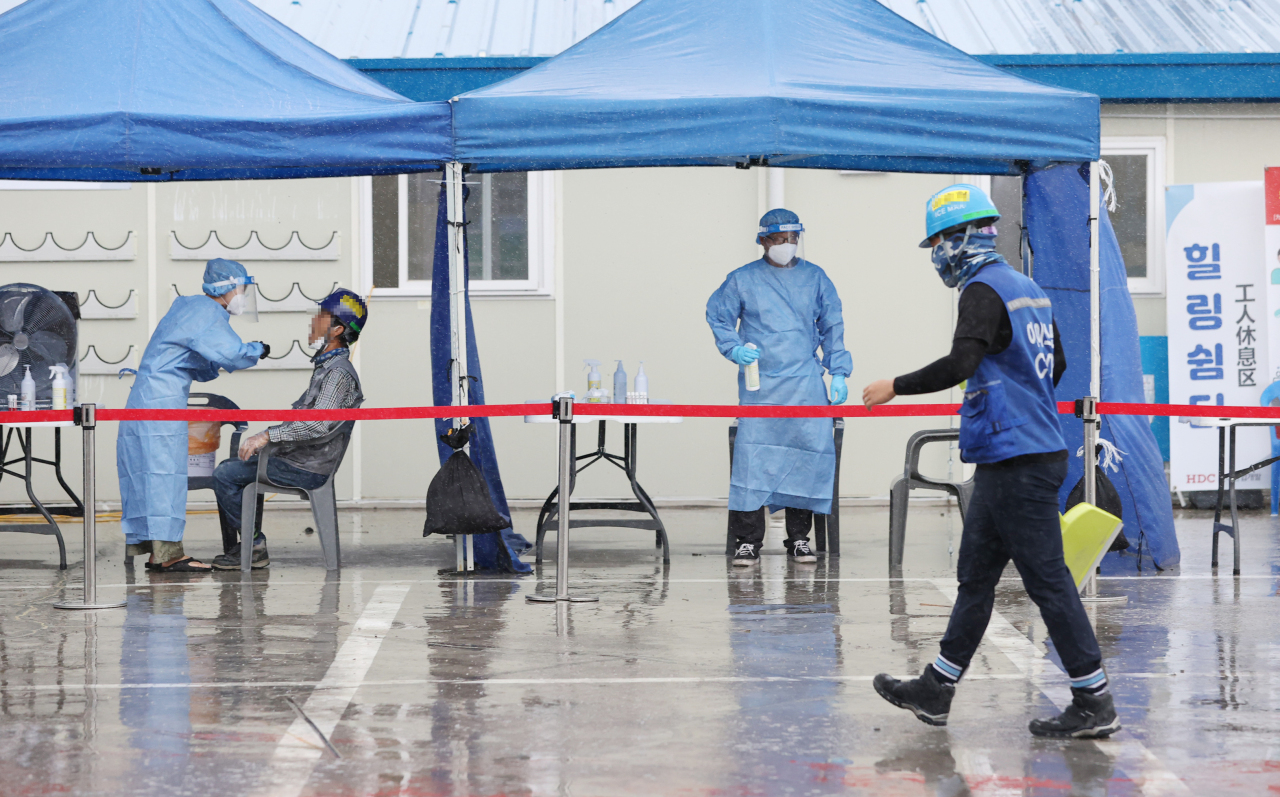您现在的位置是:半岛新闻网 > 资讯
NASA reveals footage of astronauts training in desert for moon mission
半岛新闻网2024-09-23 04:23:00【资讯】4人已围观
简介It's taken more than half a century, but NASA really is going back to the moon.Some of the space age
It's taken more than half a century, but NASA really is going back to the moon.
Some of the space agency's astronauts have been training in the Northern Arizona desert for the looming Artemis 3 mission, which is currently slated to land in September 2026. Decades of other U.S. space priorities (such as the Space Shuttle and building the International Space Station), along with the astronomical costs of sending astronauts to our natural satellite, have impeded such a return endeavor.
But after the successful launch of NASA's new megarocket in 2022 — the Space Launch System — the moon mission's wheels are turning, albeit slowly. That's because every component of the agency's new lunar campaign, dubbed Artemis, must be profoundly safe. Lives will be aboard.
SEE ALSO:NASA scientist viewed first Voyager images. What he saw gave him chills.NASA has released images of the astronauts' May 2024 training in the desert, including a recent view of NASA astronauts Kate Rubins and Andre Douglas simulating a nighttime space walk (the official Artemis 3 astronaut crew has yet to be announced). Training in the dark or twilight is essential, as the conditions mimic the dark, shadowy regions Artemis astronauts will explore: NASA is going to the moon's south pole region, a place where the sun barely rises over the lunar hills. It's a world of profoundly long shadows and dim environs.
The endeavor you see below is called the Joint Extravehicular Activity and Human Surface Mobility Test Team Field Test 5, or JETT5.
 NASA astronauts Kate Rubins and Andre Douglas simulating a moonwalk for the looming Artemis 3 mission.Credit: NASA / Josh Valcarcel
NASA astronauts Kate Rubins and Andre Douglas simulating a moonwalk for the looming Artemis 3 mission.Credit: NASA / Josh Valcarcel On left: Astronaut Andre Douglas reviews sample collection procedures. On right: Astronaut Kate Rubins ensures she has the necessary tools.Credit: NASA / Josh Valcarcel
On left: Astronaut Andre Douglas reviews sample collection procedures. On right: Astronaut Kate Rubins ensures she has the necessary tools.Credit: NASA / Josh Valcarcel Astronaut Kate Rubins used a hammer to drive in tube that will collect soil samples from the ground. On the moon, these samples will be sealed and then returned to Earth.Credit: NASA / Josh Valcarcel
Astronaut Kate Rubins used a hammer to drive in tube that will collect soil samples from the ground. On the moon, these samples will be sealed and then returned to Earth.Credit: NASA / Josh Valcarcel The two astronauts pushing a tool cart across the desert surface.Credit: NASA / Josh Valcarcel
The two astronauts pushing a tool cart across the desert surface.Credit: NASA / Josh ValcarcelNASA captured these images in a rugged region called the San Francisco Volcanic Field. The area astronauts are headed to is also quite rugged. It's a heavily cratered region, teeming with volcanic rocks. Crucially, they'll be hunting for ice deposits, too.
Related Stories
- NASA’s most unusual astronaut has died
- The U.S. is exploring a railroad for the moon. It has a good reason.
- The best telescopes for gazing at stars and solar eclipses in 2024
- Mission control is trying 'restlessly' to save a spacecraft to Mercury
- If a scary asteroid will actually strike Earth, here's how you'll know
"The ice deposits could also serve as an important resource for exploration because they are comprised of hydrogen and oxygen that can be used for rocket fuel or life support systems," NASA explained.
The moon may one day serve as a lunar fuel depot, where after burning copious amounts of fuel during launch, spacecraft stop to fill up for deeper space missions. They may be headed to Mars, resource-rich asteroids, or beyond.
很赞哦!(63)
相关文章
- Ruling bloc seeks tougher sentences for deepfake sex crimes
- Kevin Spacey tweets bizarre video after sexual assault charge
- 上汽大众SUV家族添新成员
- Hamilton conjures up magical Brazil win
- 22 Unusual Things You Can Find in the Desert
- Alexandria Ocasio
- Rashida Tlaib’s victory is a win for Muslims and democracy.
- 疆品南下记:一场跨越五千公里的双向奔赴
- The AI stock bubble has burst. Here's how we know.
- YouTube Kids is branching off with a separate website
热门文章
站长推荐

CrowdStrike outage is still causing hundreds of flight cancellations daily

Trump's border wall gets a GoFundMe campaign that's trying to raise $1 billion

New cases spike to over 2,000 again, infections in Seoul at record high

雅字号特色农产品 交易会上受欢迎

让法治建设成效更加可感可及

Federer to skip Australian Open

ISIS allegedly used Facebook in bid to scam people desperate for face masks

黄瑞华:地方猪育种目标要理性,更要考虑产业上中下游如何衔接